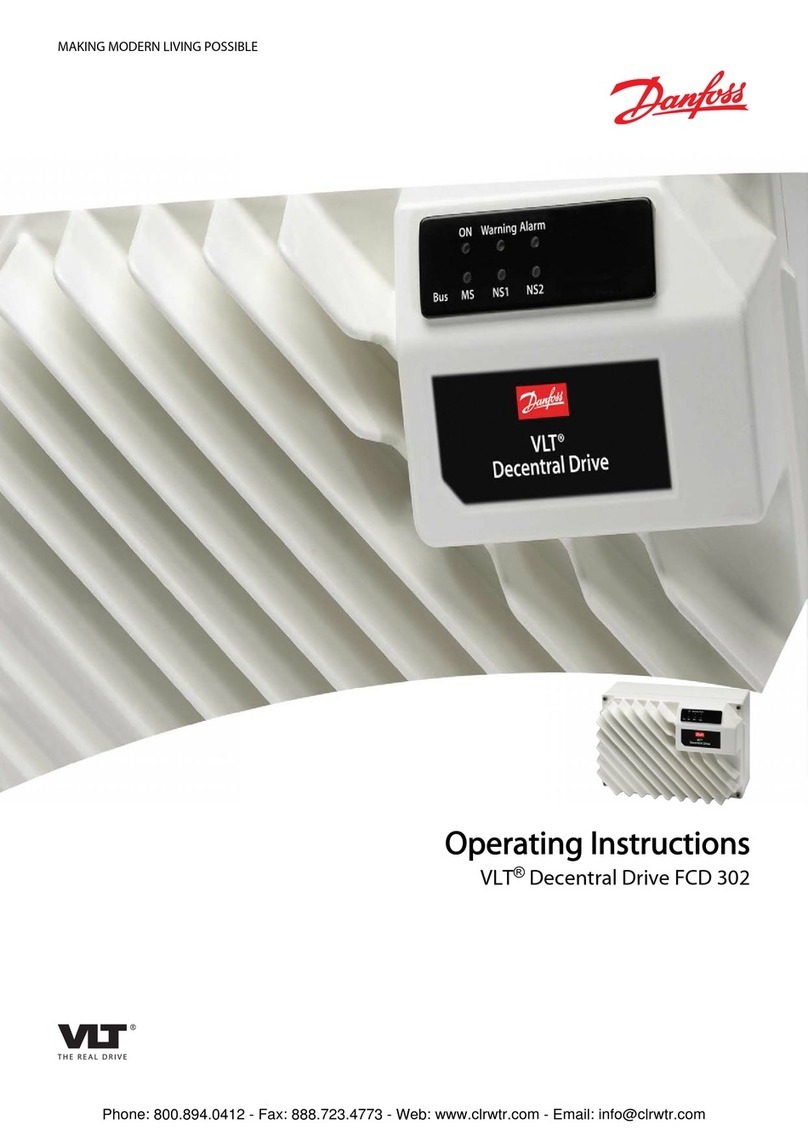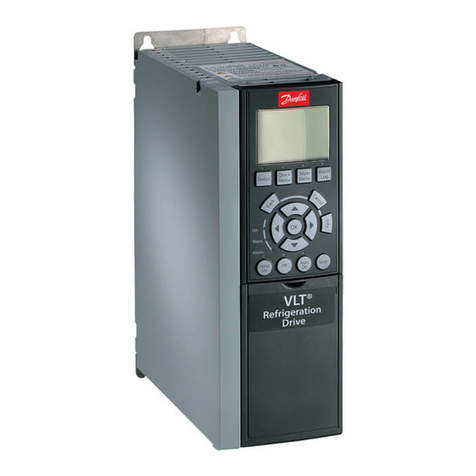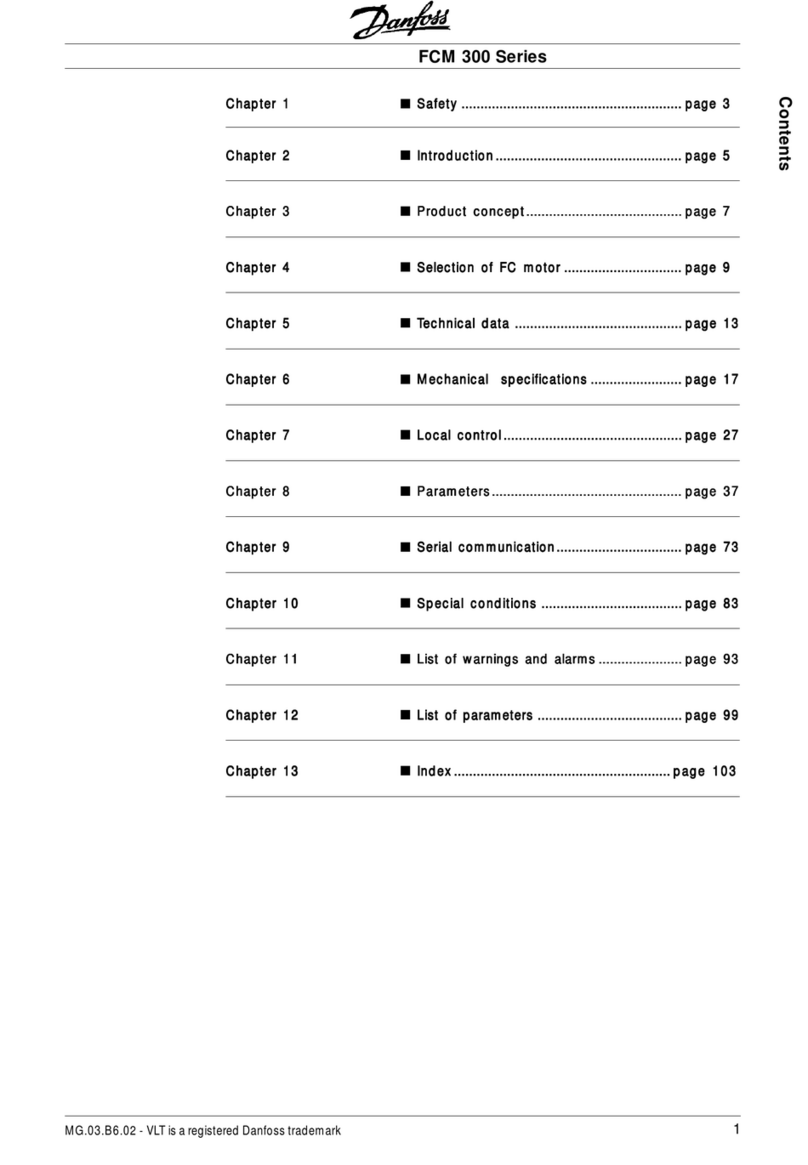Danfoss VLT 2800 Series User manual
Other Danfoss Media Converter manuals
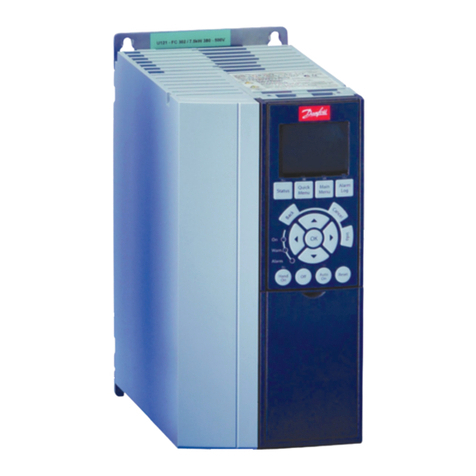
Danfoss
Danfoss Compressor Drive CD302 User manual
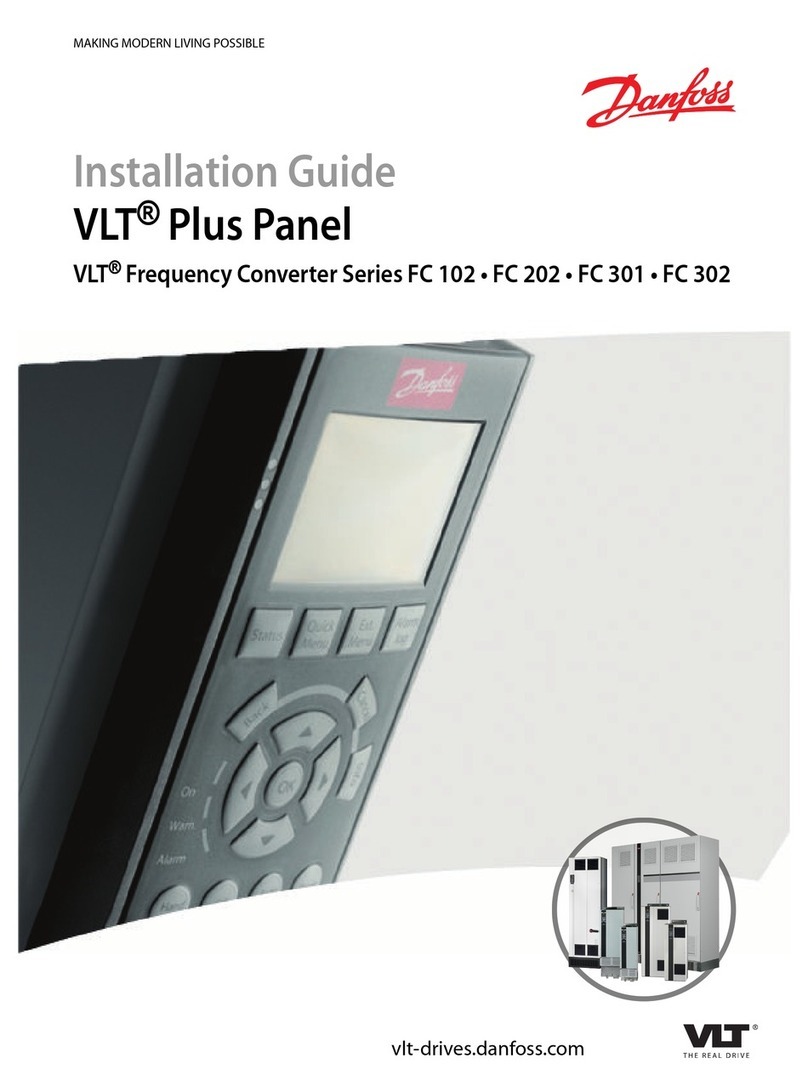
Danfoss
Danfoss VLT series User manual
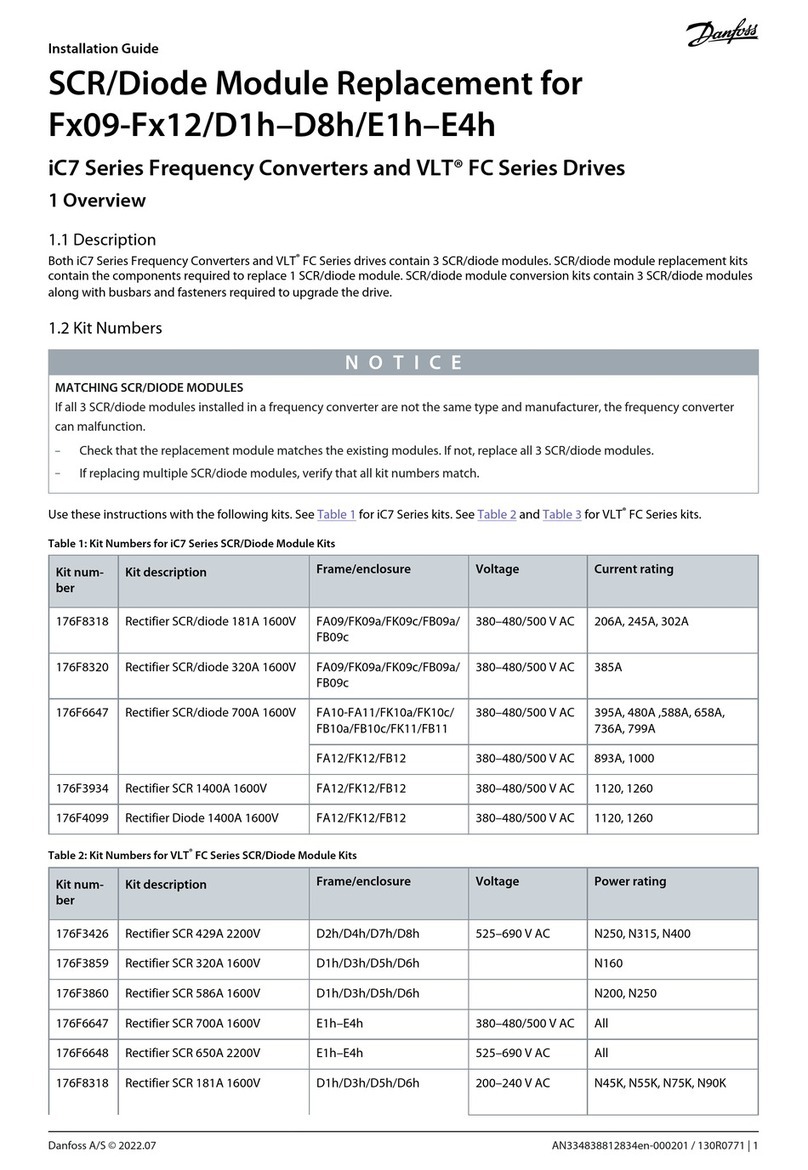
Danfoss
Danfoss iC7 Series User manual
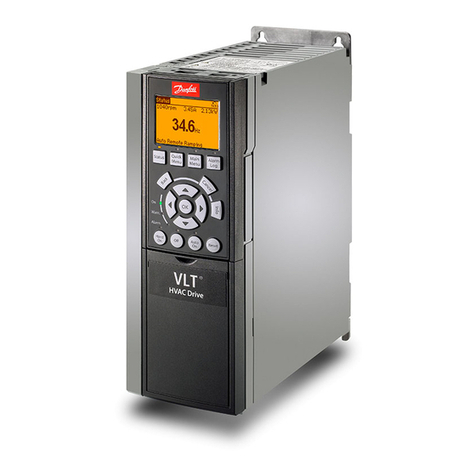
Danfoss
Danfoss VLT PROFIBUS DP MCA 101 User manual

Danfoss
Danfoss iC7 Series User manual

Danfoss
Danfoss iC7 Series User manual
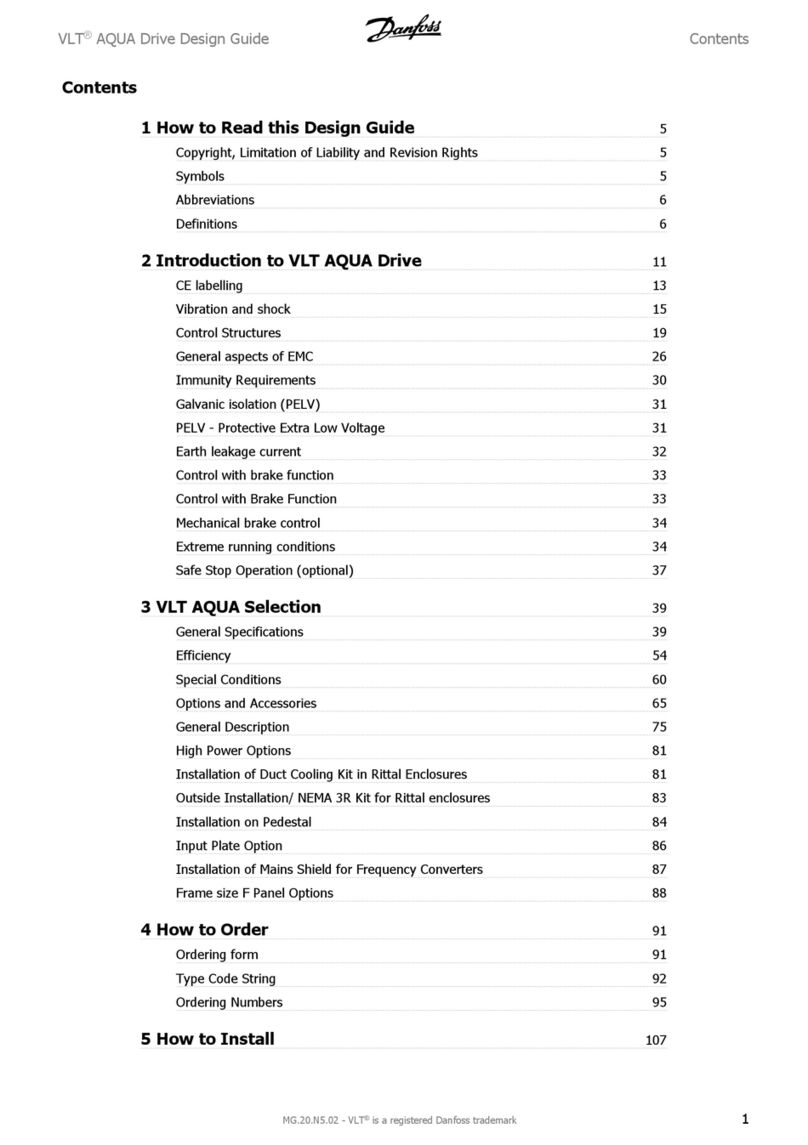
Danfoss
Danfoss VLT AQUA Drive Series Guide
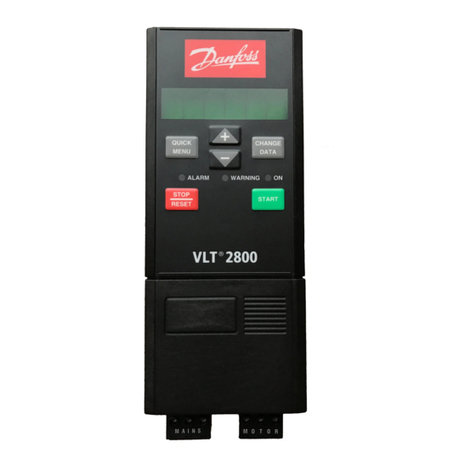
Danfoss
Danfoss VLT 2800 Series User manual
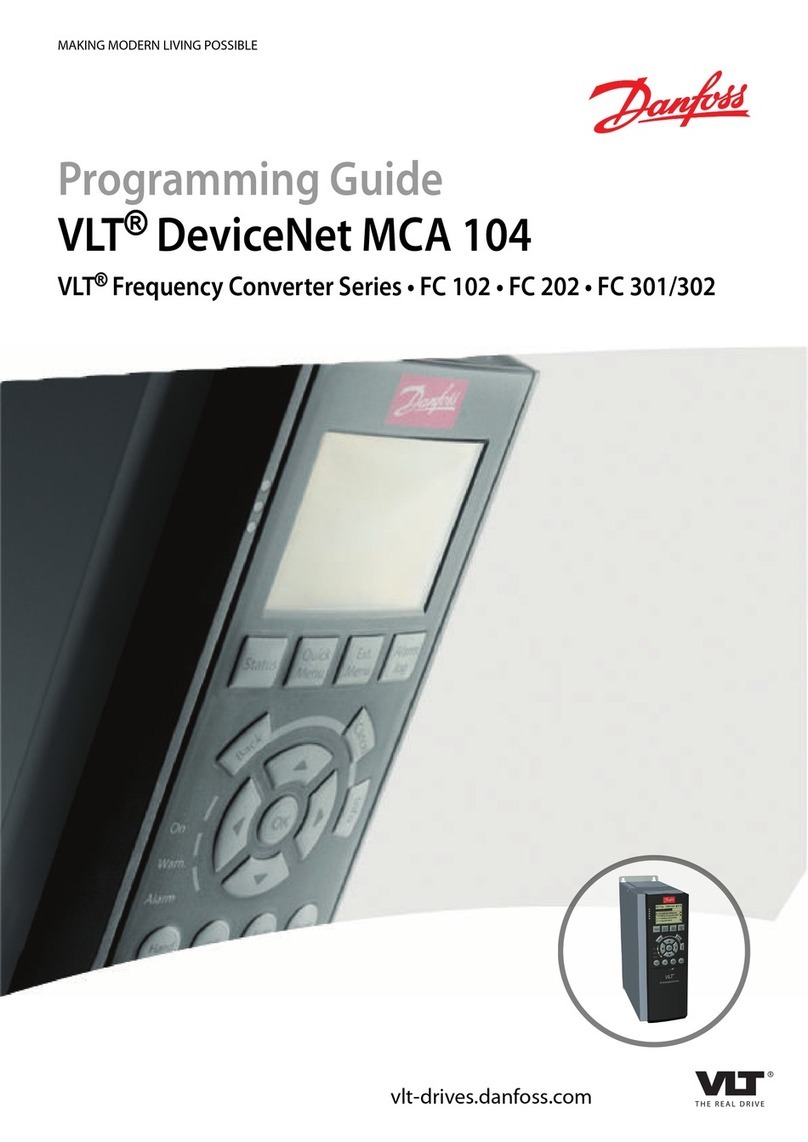
Danfoss
Danfoss VLT DeviceNet MCA 104 Operating instructions
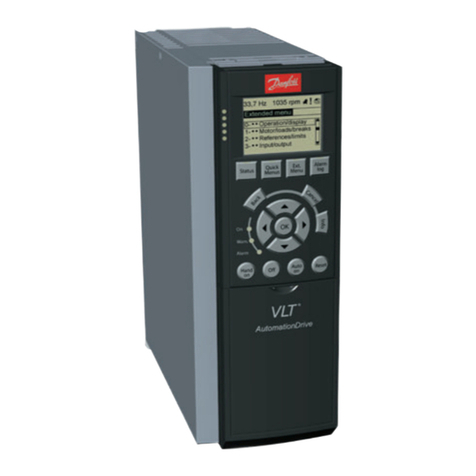
Danfoss
Danfoss VLT series User manual

Danfoss
Danfoss iC7 Series User manual
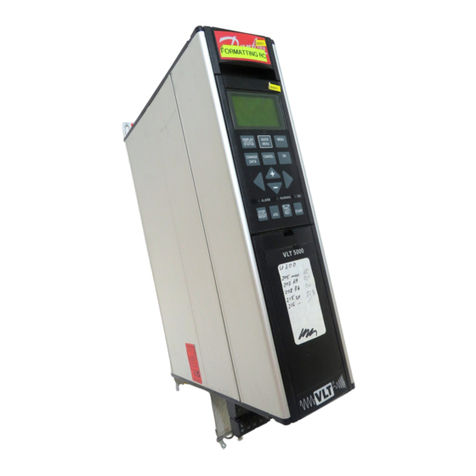
Danfoss
Danfoss VLT 5000 Series User manual
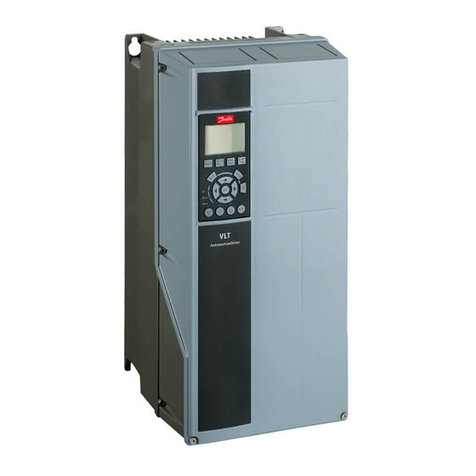
Danfoss
Danfoss VLT AQUA Drive FC 202 User manual
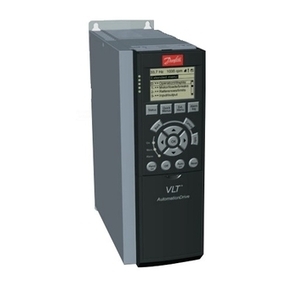
Danfoss
Danfoss MCA 124 User manual
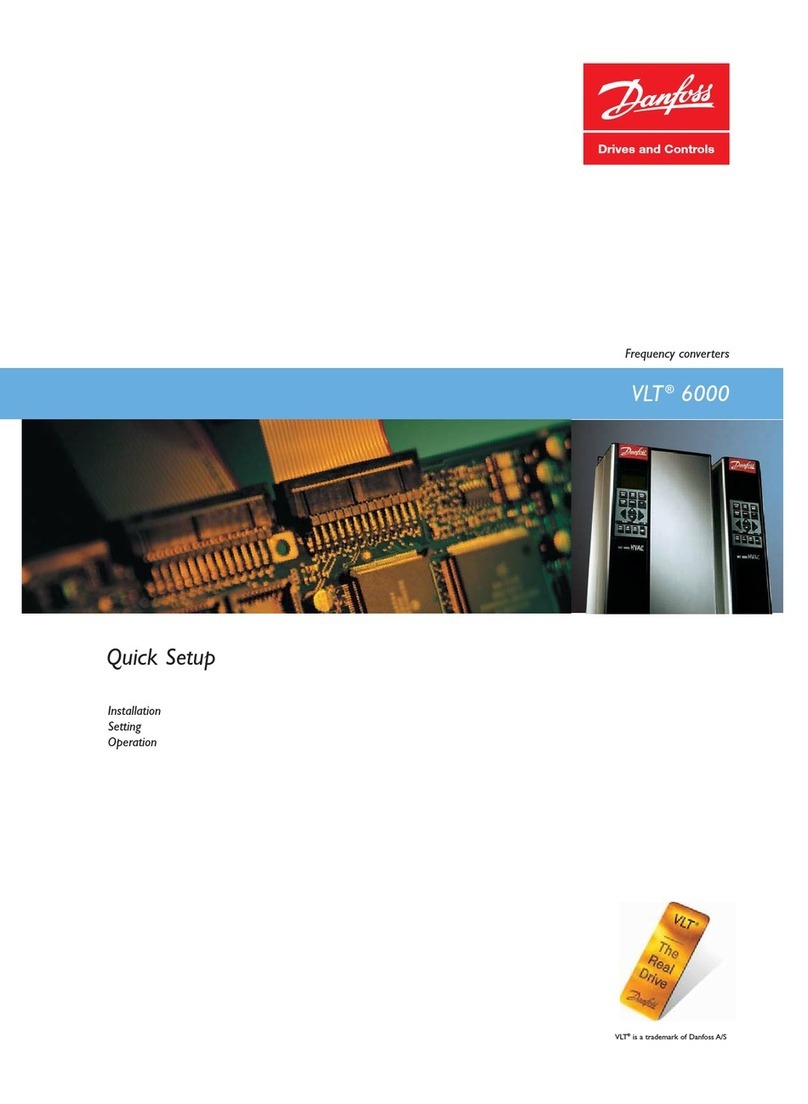
Danfoss
Danfoss VLT 6000 Specification sheet
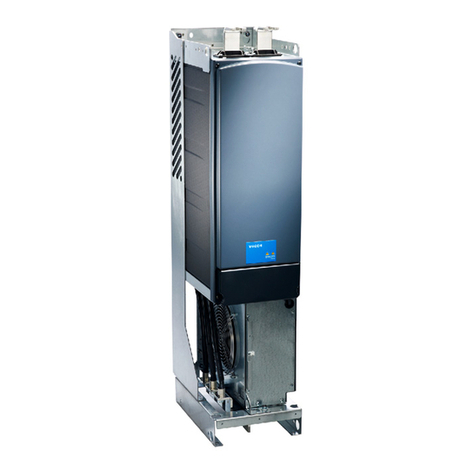
Danfoss
Danfoss Vacon NXP Guide
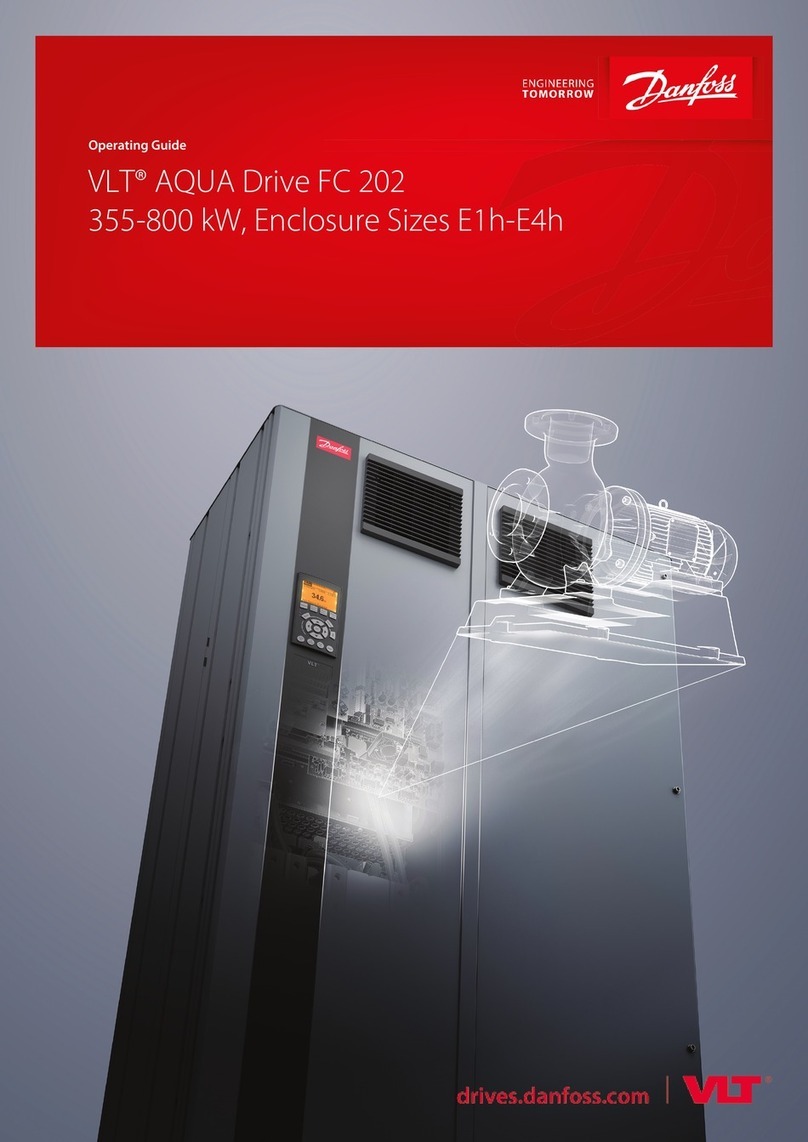
Danfoss
Danfoss VLT AQUA Drive FC 202 User manual
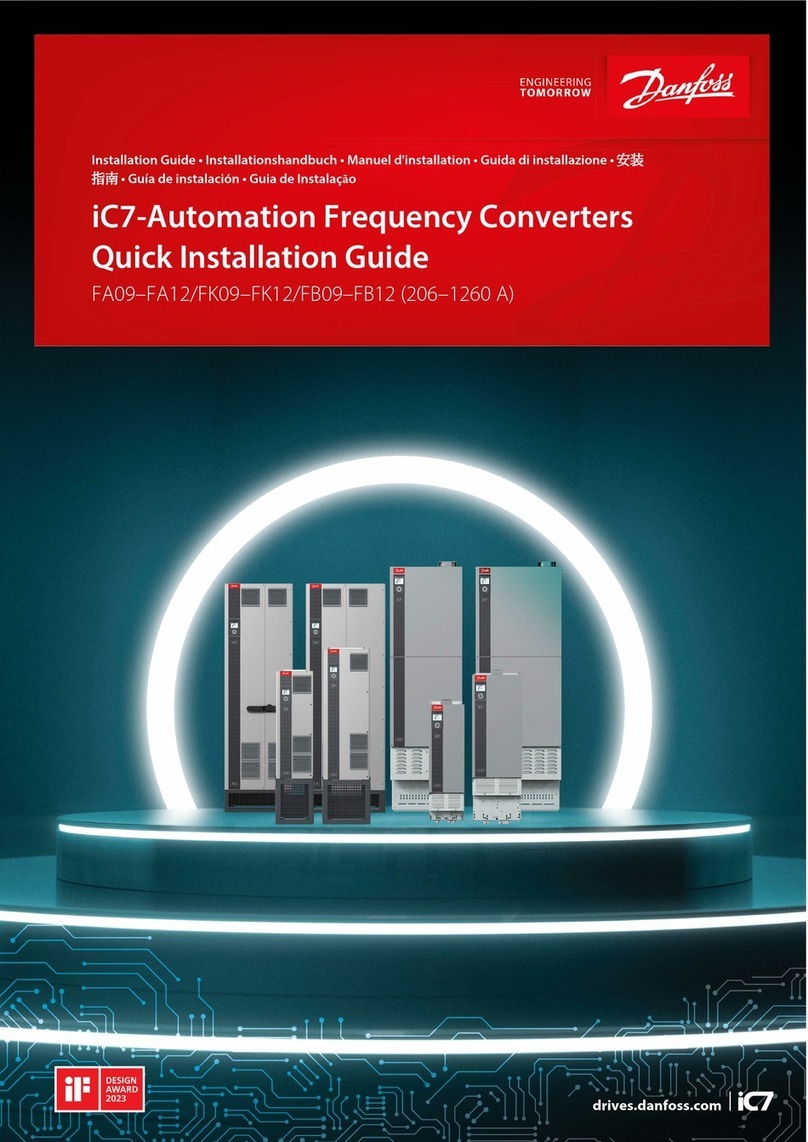
Danfoss
Danfoss iC7 FA09-FA12 User manual

Danfoss
Danfoss FC 300 User manual

Danfoss
Danfoss iC7 Series User manual
Popular Media Converter manuals by other brands

H&B
H&B TX-100 Installation and instruction manual

Bolin Technology
Bolin Technology D Series user manual

IFM Electronic
IFM Electronic Efector 400 RN30 Series Device manual

GRASS VALLEY
GRASS VALLEY KUDOSPRO ULC2000 user manual

Linear Technology
Linear Technology DC1523A Demo Manual

Lika
Lika ROTAPULS I28 Series quick start guide

Weidmuller
Weidmuller IE-MC-VL Series Hardware installation guide

Optical Systems Design
Optical Systems Design OSD2139 Series Operator's manual

Tema Telecomunicazioni
Tema Telecomunicazioni AD615/S product manual

KTI Networks
KTI Networks KGC-352 Series installation guide

Gira
Gira 0588 Series operating instructions

Lika
Lika SFA-5000-FD user guide
